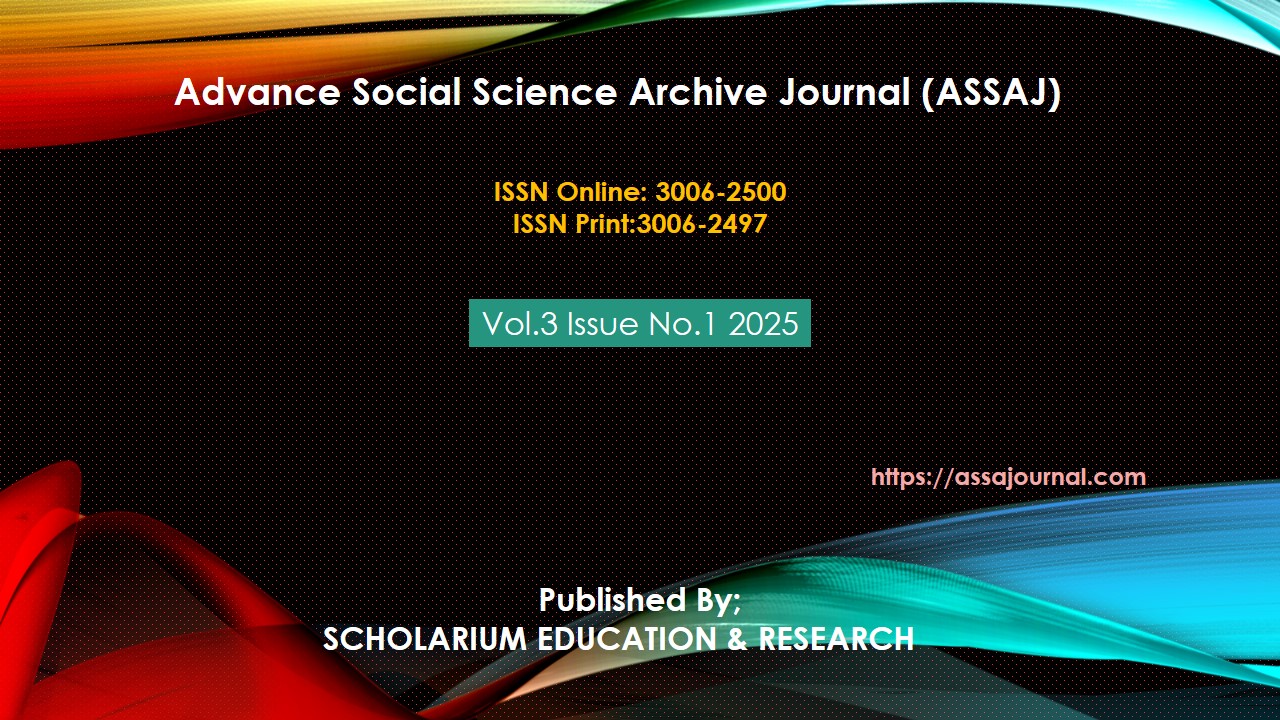FACTORS CONTRIBUTING TO ABSENTEEISM IN ENGLISH LANGUAGE CLASSROOMS: A TALE OF TWO INSTITUTIONS IN PESHAWAR
Abstract
Absenteeism is a growing malpractice that prevails in many of the colleges in Peshawar. Research on absenteeism offers extensive discourse; however, most of the studies have explored the problems from perspectives targeting school students. The dearth of extensive and quantitative research at collegial level create room for the current study. This study strives to explores the reasons for absenteeism in the context of English language classrooms at higher secondary. Since the problem is more alarming in public sector colleges, the study selected two prominent institutions of Peshawar (Islamia College Peshawar, and Islamia College for Girls) for their demographic diversity. A total of 476 students were surveyed using a questionnaire. The questions asked about teaching, interest, other subjects, textbooks, and breaks. The study used the Theory of Planned Behaviour (TPB) to explain student actions. As per findings, the dominant factors responsible for truancy include teachers’ rudeness, monotonous pedagogy, covering subject in coaching academies, focus on sciences. Likewise, some periphery reasons reported frequently are tiredness, lack of refreshment time in-between the classes, and stress of exams. They show how attitude, peer pressure, and control affect behavior. The study suggests that better teaching, breaks, and support can help. Teachers should be kind and use simple methods. Schools must offer rest time and guidance. Parents should support regular attendance. These steps can reduce absenteeism and improve learning. This study gives useful ideas for improving English class attendance in Pakistani colleges.
Keywords: truancy, absenteeism, English language classroom, higher secondary students, theory of planned behaviour





